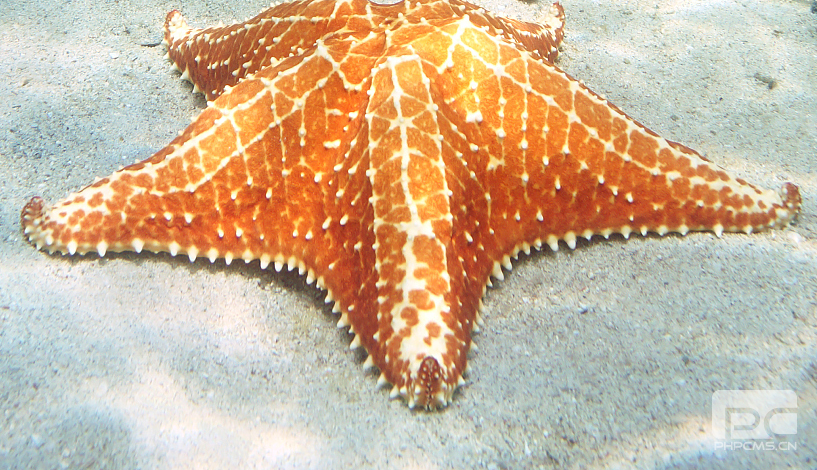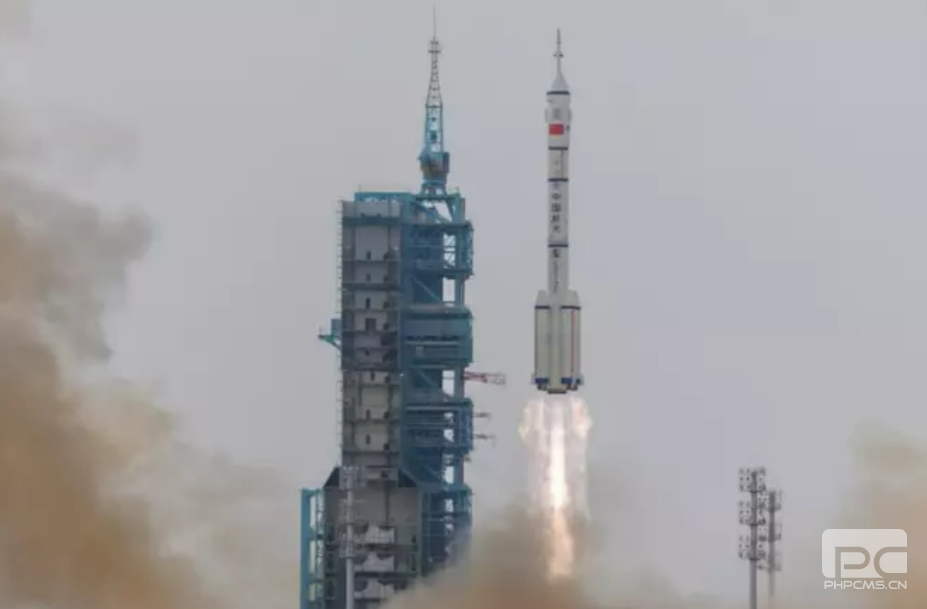November 15, 2023 - A groundbreaking study reveals new insights into the mass extinction event 66 million years ago, which wiped out the non-avian dinosaurs and about 75% of Earth's species. The research, focusing on the aftermath of the Chicxulub asteroid impact, suggests that silicate dust played a more significant role than previously thought in driving this mass extinction.
Cem Berk Senel, a researcher at the Royal Observatory of Belgium in Brussels, explains that while sulphur gases and soot from global wildfires were considered primary factors in the "impact winter" that followed the asteroid hit, the role of silicate dust had been underestimated. This latest study shifts the focus to the pervasive and persistent effect of this dust in blocking sunlight, crucial for life on Earth.
Cem Berk Senel, a researcher at the Royal Observatory of Belgium in Brussels, explains that while sulphur gases and soot from global wildfires were considered primary factors in the "impact winter" that followed the asteroid hit, the role of silicate dust had been underestimated. This latest study shifts the focus to the pervasive and persistent effect of this dust in blocking sunlight, crucial for life on Earth.

The research team analyzed fine-grained material from a site in North Dakota, deposited at the time of the Chicxulub impact. Their findings indicated that the silicate dust, ranging from 0.8 to 80 micrometres in diameter, with an average size of 2.88 micrometres, lingered in the atmosphere for about 15 years. This prolonged presence of dust in the air led to a significant drop in Earth’s surface temperature, by as much as 15°C, and effectively blocked light wavelengths vital for photosynthesis.
The resultant darkness and cold had catastrophic effects on the planet's ecosystems. "Only the silica dust resulted in long-lasting photosynthetic shutdown after the impact," says Senel, underlining the critical role of this dust in the extinction process. The lack of photosynthesis led to a drastic reduction in food sources, setting off a domino effect of extinctions across various species, both on land and in the oceans.
This new perspective on the asteroid impact's aftermath adds a vital piece to the puzzle of one of Earth's most significant extinction events. The research not only highlights the complex interplay of various environmental factors but also underscores the importance of fine-grained silicate dust in understanding the global climate changes that followed the asteroid impact.
Senel and his team now aim to extend their research to examine the long-term climatic effects of the asteroid impact, exploring unanswered questions about the post-extinction recovery of life on Earth. This ongoing research is crucial in unraveling the full extent of the Chicxulub impact's consequences, providing a deeper understanding of Earth's geological and biological history.
As the scientific community continues to investigate this monumental event, the lessons learned extend beyond paleontology, offering insights into the fragility and resilience of life on our planet.




Copyright © 2023.Yooke studio All rights reserved.
PKWEEKLY NEWS










